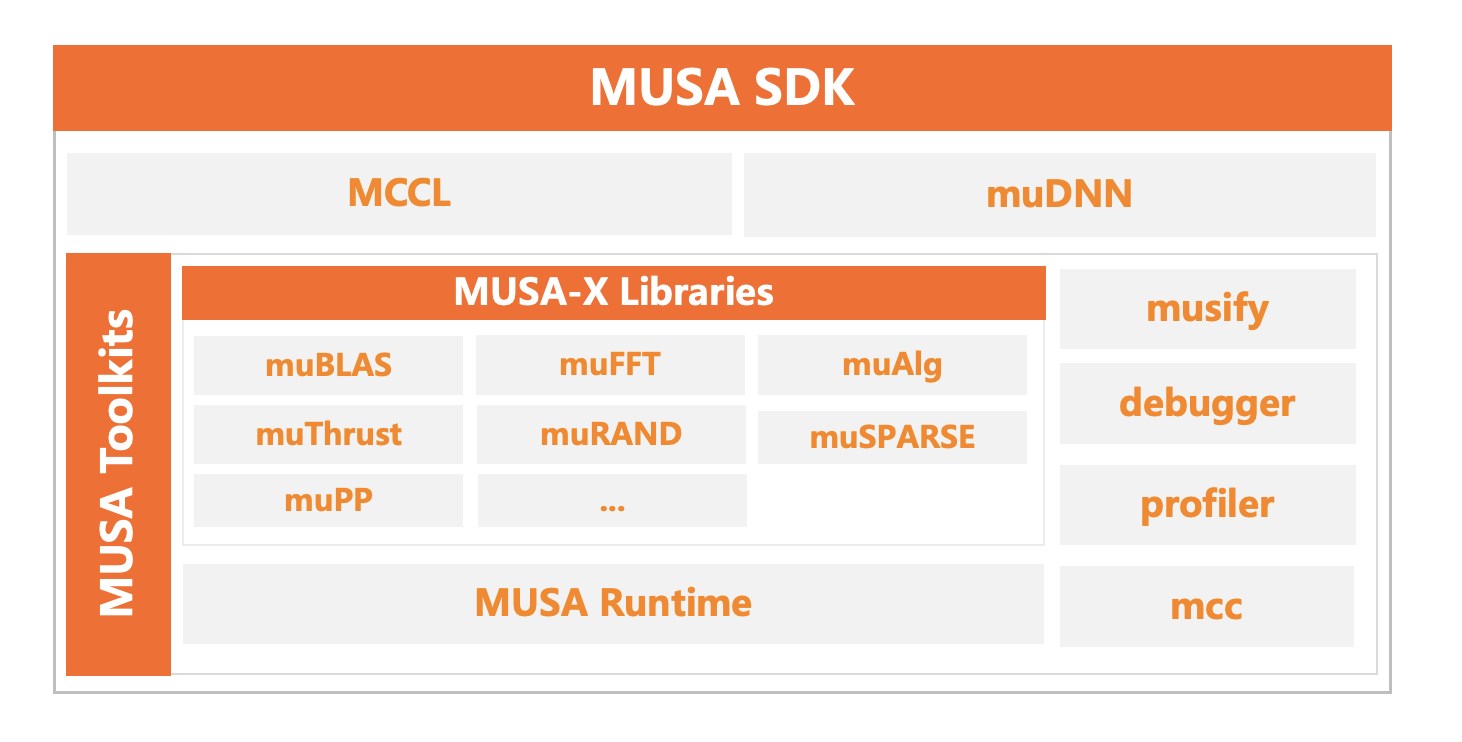

China has been focusing on enhancing its domestic chip manufacturing capabilities, especially in the wake of US-imposed sanctions. One significant step in this direction is the country’s foray into the GPU sector, marked by the introduction of the MUSA SDK from local GPU manufacturer Moore Threads. This initiative is rapidly gaining traction, expanding its influence across various platforms.

Nvidia’s CUDA platform has long been the dominant force in the realms of parallel computing and AI software development. However, the release of MUSA SDK 4.0.1 represents a formidable step forward for China. This latest version extends support beyond Moore Threads’ own graphics cards to include compatibility with Intel and ARM-based processors, along with systems prevalent in China, such as Hygon, Kylin, and Loongson.

At its core, the MUSA SDK operates similarly to NVIDIA CUDA, but it introduces a standout feature called MUSIFY. This tool empowers developers to convert existing CUDA-based code into the MUSA environment, significantly easing the transition process. The SDK also includes specialized libraries like muBLAS, muFFT, and muThrust, which offer solutions for mathematical operations and accelerated computations.
While the MUSA SDK might not yet rival CUDA on a global scale, its potential for growth is undeniable. The project’s momentum is driven by more than just technical ambition; it aligns with China’s broader strategy to reduce dependency on foreign technology. As such, the MUSA SDK is not merely a software endeavor but a critical component of China’s technological independence agenda.
ENGLİSH
2 gün önceSİGORTA
2 gün önceSİGORTA
2 gün önceSİGORTA
5 gün önceSİGORTA
7 gün önceSİGORTA
7 gün önceDÜNYA
16 gün önce 1
Elon Musk’s Father: “Admiring Putin is Only Natural”
11452 kez okundu
1
Elon Musk’s Father: “Admiring Putin is Only Natural”
11452 kez okundu
 2
Minnesota’s Proposed Lifeline Auto Insurance Program
9378 kez okundu
2
Minnesota’s Proposed Lifeline Auto Insurance Program
9378 kez okundu
 3
Introducing Vivo Y300 Pro+: A Blend of Power and Affordability
7322 kez okundu
3
Introducing Vivo Y300 Pro+: A Blend of Power and Affordability
7322 kez okundu
 4
What’s the best car insurance for seniors?
5981 kez okundu
4
What’s the best car insurance for seniors?
5981 kez okundu
 5
Anticipated Performance Leap: Nvidia’s RTX 5060 Ti 16GB Graphics Card
3071 kez okundu
5
Anticipated Performance Leap: Nvidia’s RTX 5060 Ti 16GB Graphics Card
3071 kez okundu
Veri politikasındaki amaçlarla sınırlı ve mevzuata uygun şekilde çerez konumlandırmaktayız. Detaylar için veri politikamızı inceleyebilirsiniz.